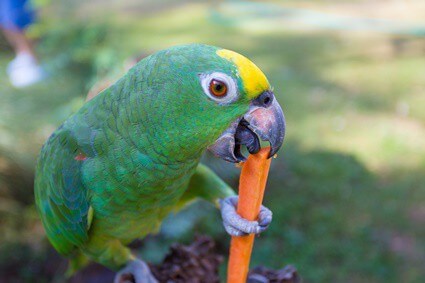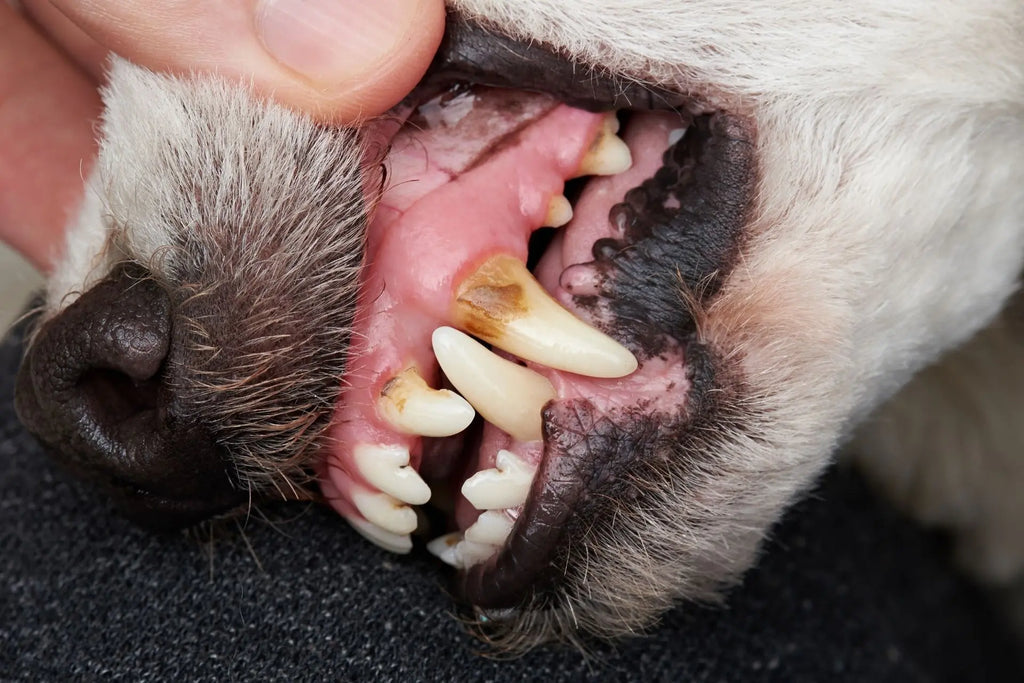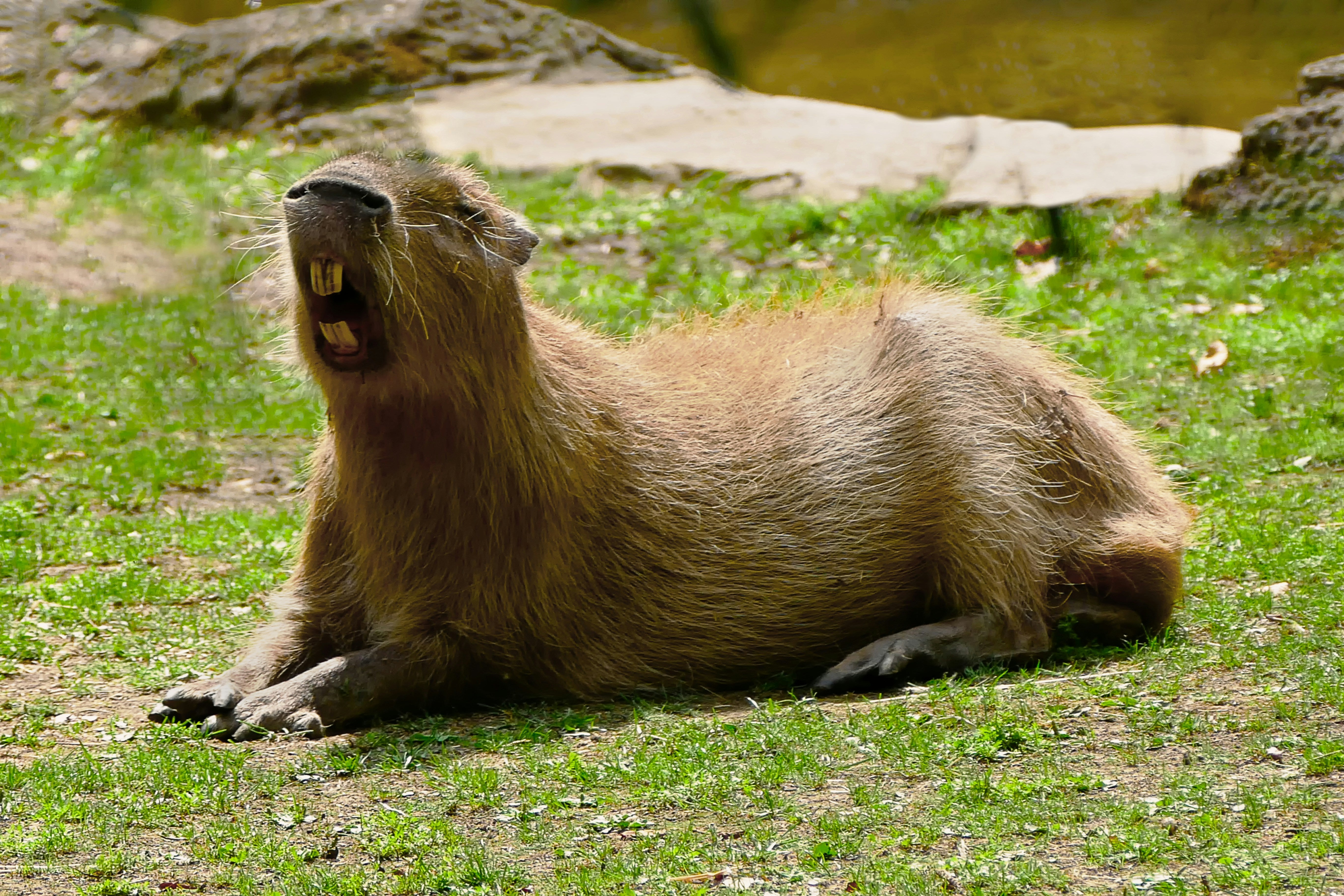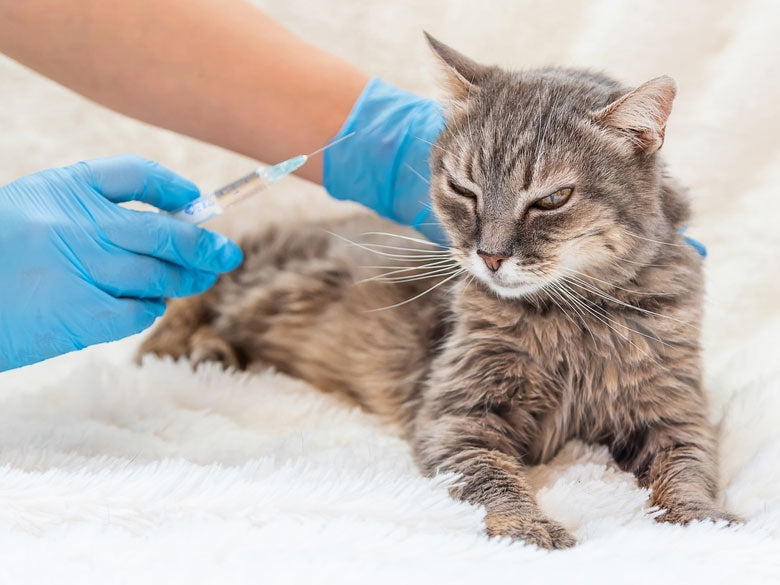Tutuky Magazine
- All
- 20%discount
- act love
- Act of Love
- adopting
- age
- Amphibian Pet
- Animals with habit
- attracting lost birds
- bed
- bird care tips
- bird recovery services
- birds
- Bond with Dogs
- Bones
- Breeds
- Busyowners
- BusyPetowners
- buythisnow
- Carrots for Birds
- cats
- Cats in cars
- Check
- Check the vet
- chocolate and pets
- comfort
- cozy
- Diabetes
- Discount pet supplies
- Dog Snoring
- Dog with tartar
- dogs
- Dogs in cage
- eggs
- elder
- Europe
- Euthanasia in Cats
- Exotic Pet Veterinary
- Felines
- find lost pet bird
- First pet
- Found authorities
- Halloweenpet
- Hamsters
- health
- how to find a parrot that escaped
- hygiene
- Insulin
- kitty
- knowthis
- leash
- Lost pet
- lost pet bird
- oldcat
- Online pet store
- online shopping
- Pet accessories
- Pet Acessories
- Pet bedding
- pet bird safety
- Pet birds diet
- Pet Capybaras
- Pet care tips
- Pet caring
- Pet Environment music
- Pet feeding
- Pet first aid
- Pet health
- Pet health supplements
- Pet hibernation
- Pet Hotel
- Pet Hygiene
- Pet insurance
- Pet Reptile music
- Pet Reptile tricks
- Pet Sitter
- pet snoring
- Pet Traffic
- pets
- pets nutrition
- pulling leash
- Reptile pet
- Reptile supplies
- rodents
- S Type Cats Tunnel
- Safety for pets
- senior pet
- Small pets
- Solitary Pet
- Trauma
- UK
- USA
- walk the dog
- Washable Portable HAir Removal Roller
- website recommending
- what to do if you lose your bird
- Winter
- youneedthis
- yummy
The Best Diet for Pet Birds: Why Carrots Should Be a Staple
Top 10 Warning Signs Your Dog May Be Sick: When to Call the Vet
Your dog’s health is essential, and early detection of illness can make a huge difference. Watch for key signs like changes in appetite, energy, and behavior, as well as symptoms such as persistent vomiting, excessive thirst, and breathing issues. Other indicators like skin problems, bad breath, weight fluctuations, and difficulty moving can also suggest underlying health concerns. By recognizing these signs, you’ll be better equipped to seek prompt veterinary care and ensure your dog stays happy and healthy.
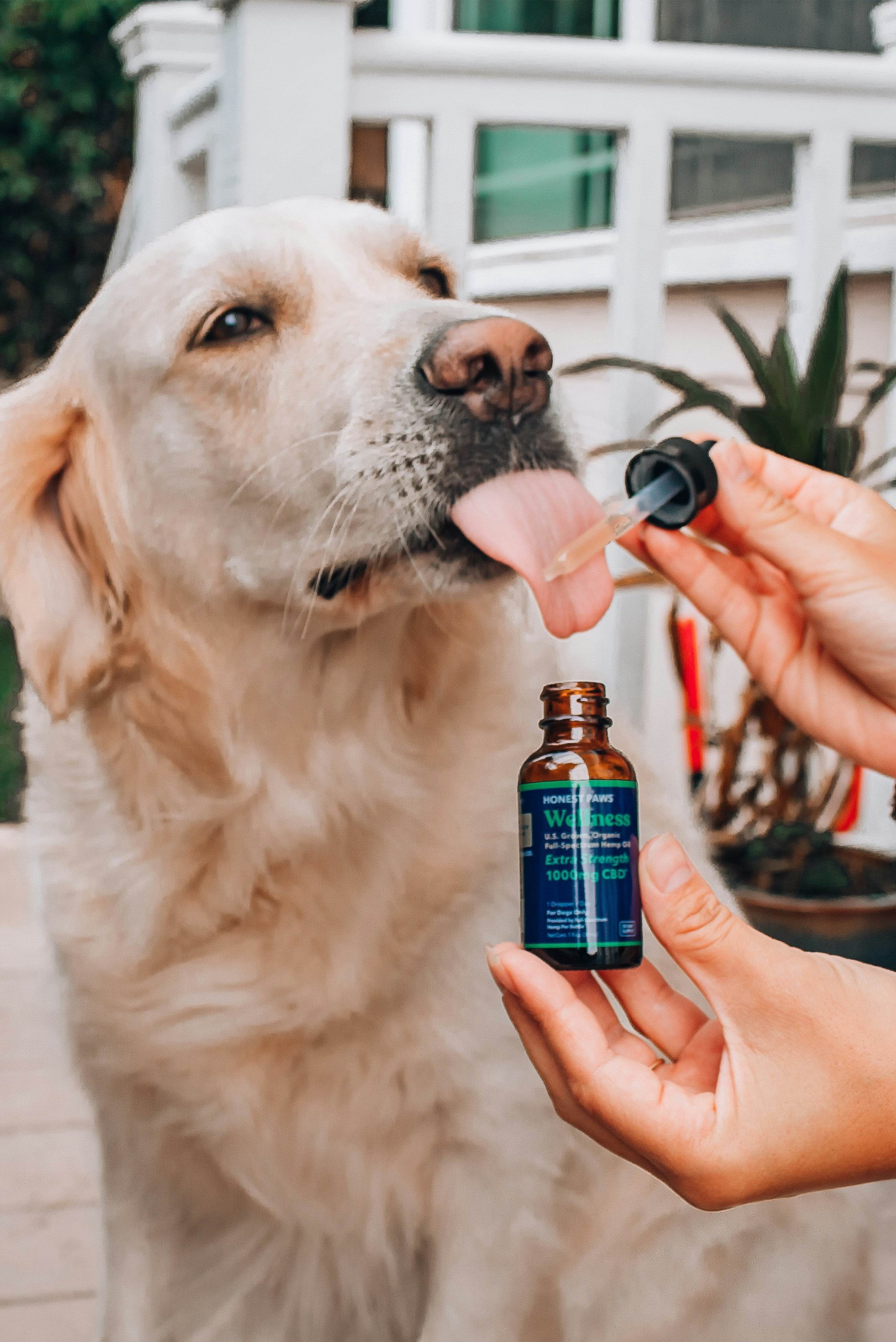
The Ultimate Guide to First Aid for Pets: Keeping Your Furry Friends Safe
Understanding Tooth Loss in Dogs: My Experience with Tartar and Its Impact
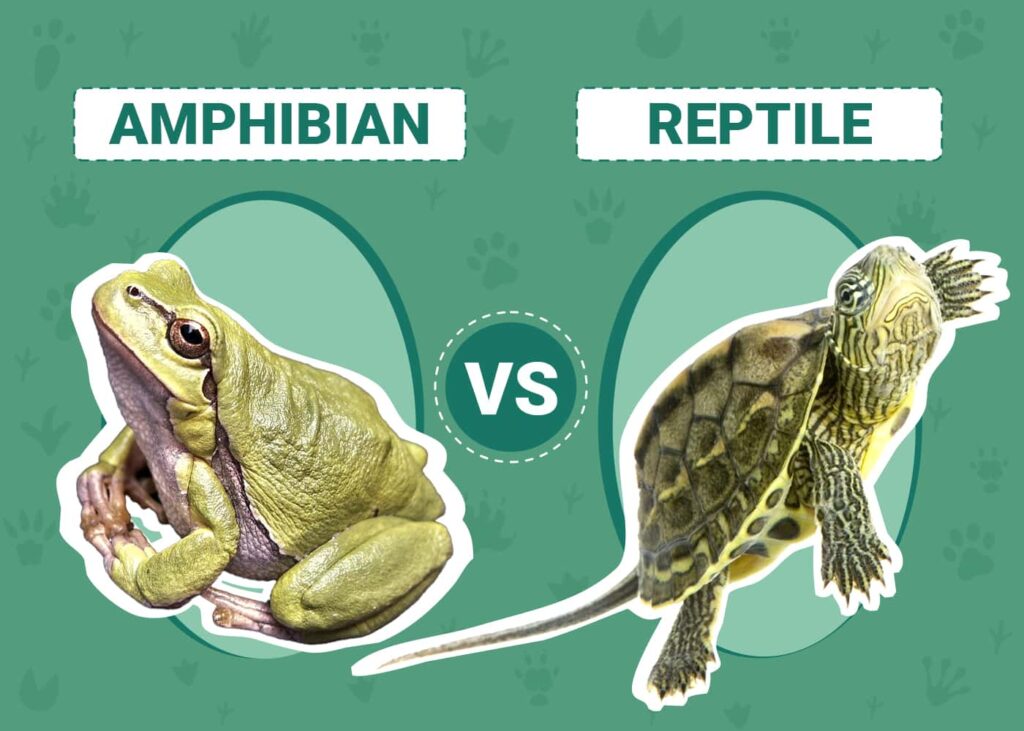
Understanding the Differences Between Reptiles and Amphibians: What you need to know

A Guide for First-Time Pet Owners: Embracing the Journey
Understanding Diabetes in Pets: A Comprehensive Guide for Pet Owners
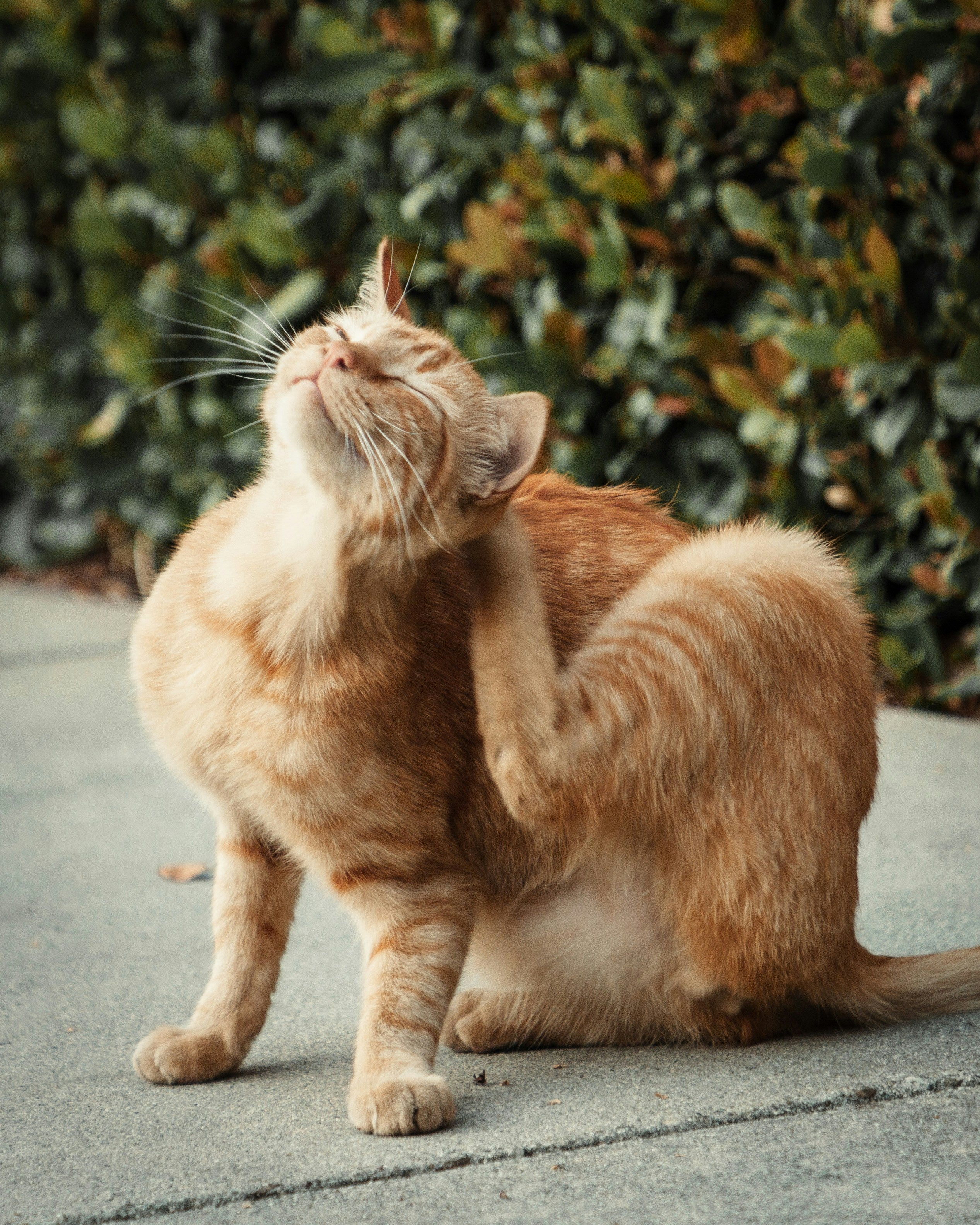
Effective Solutions to Get Rid of Fleas in Cats: A Comprehensive Guide
1. **Use Veterinary-Recommended Treatments**: Consult with your veterinarian for recommended flea treatments. Options include topical treatments, oral medications, and flea collars specifically designed for cats.
2. **Regular Grooming**: Brush your cat regularly using a fine-toothed flea comb to remove fleas and flea eggs. This also helps you monitor their flea situation.
3. **Wash Bedding and Toys**: Wash your cat's bedding, blankets, and toys in hot water to remove fleas and eggs. Dry them thoroughly.
4. **Treat the Home Environment**: Vacuum carpets, rugs, and furniture thoroughly to eliminate fleas and their eggs. Dispose of the vacuum bag or empty the canister outside immediately.


